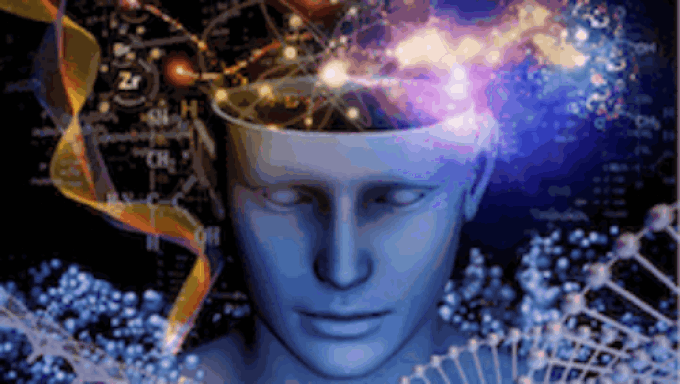Your guide to the 4 types of artificial intelligence

Artificial intelligence has been a hotly debated topic for some time now. It can make our lives easier in many aspects. It has now taken such a central role that its development is almost unstoppable. Often the dangers it brings are underestimated, such as the fact that one day artificial intelligence may surpass human intelligence. Technologies of artificial intelligence play an increasingly important role in all areas of society, especially in a time of ongoing digitization. Machines are taking on increasingly complex tasks. As you can see, the topic is much more complex than it may first appear.
What does it even mean to think? Are only we, the "higher beings," capable of doing so? What about machine learning? Artificial intelligence, also known as AI, is the ability of a computer program to think and learn. You may not be aware of it directly, but we are surrounded by artificial intelligence. Whether in large companies or on our smartphones, apps that we use every day. AI is divided into 4 types based on the following abilities: the ability to perceive the world, to be self-aware, to remember the past, and the ability to improve one's own learning. The first two abilities already exist and are applied by many of us in our daily lives. They also fall under Artificial Narrow Intelligence (ANI). Types 3 and 4 are more advanced and fall under Artificial General Intelligence (AGI) and Artificial SuperIntelligence (ASI). Although the latter has not yet been created, it is believed to have the potential to be as intelligent as or even smarter than a person.
Type 1: Reactive Machines
This is the first and most basic type of AI. Without memory or perception of the world or time, these machines can perform a single task based on the current situation. An example of the AI of a reactive machine is the IBM chess computer DeepBlue. In 1997, IBM's computer won a chess game against the reigning world champion, Garry Kasparov. DeepBlue was able to consider all possible moves based on the position of the pieces and then find the quickest route to a checkmate. However, they cannot be applied to other areas, as this type of AI is only focused on one task.
Typ 2: Limited Memory
This type of AI differs from reactive machines in that they are now able to access past data to make a decision in the given situation. Robots that work with limited memory must therefore connect what they have learned with the observed situation in order to make a judgment. Modern self-driving cars, for example, are based on this system. The computer knows from its memory how cars usually drive, what humans and cyclists look like, and what rules apply on the road. At the same time, the car observes its surroundings for obstacles such as cars, trees, or people, which it then links to its existing understanding of the world. This is the most commonly used type of AI today: you can find it as a personal assistant on your smartphone, in Google search, in Google Translate, in your Facebook feed, and in many other apps you use every day.
Intelligence is the ability to adapt to change.
Type 3: Theory of Mind
Machines of Type 3 can perceive and understand human emotions and adjust their behavior accordingly. Robots with this type of AI have a memory and a view of the world based on what they learn and improve on their own. In a reality where this is true, robots become part of our society, understanding human feelings and actions. R2-D2 from Star Wars is a fitting example of a Theory of Mind robot, as he understands the fear and anger of humans and reacts scared or excited in certain situations. This type of AI still faces many challenges. Researchers are trying to replicate what happens in a human brain and how it works. Social norms, emotions, and instincts are just some of the variables that are very difficult to create in a machine.
Type 4: Self-Awareness
In this phase, computer thinking reaches the level of human consciousness with a complete perception of the world, human emotions, intentions, and reactions. This AI then evolves from "I think" to "I know that I think". Robots with this type of AI are as intelligent or even more intelligent than humans and can perform all normal tasks we do, at least as well, if not better. Are we capable of creating something like this? Alternatively, should we even be capable of it? Would we then have to give machines the same rights as humans? By creating such intelligence, we are playing God. Who defines the boundary? What values and ethics do robots follow? Will they eventually be able to take over the world? Technically, many things are clearly possible, but whether they are ethically justifiable is another question.

AI facilitates our lives in many aspects, including our daily office routine. Cloud storage is also essential, especially if you may not be working from the office. A cloud allows you to have access to shared documents and always be up-to-date, thanks to continuous synchronisation.
Cloud storage and synchronisation are available resources that can greatly aid in office productivity.Click here for more blogs and read about different topics.